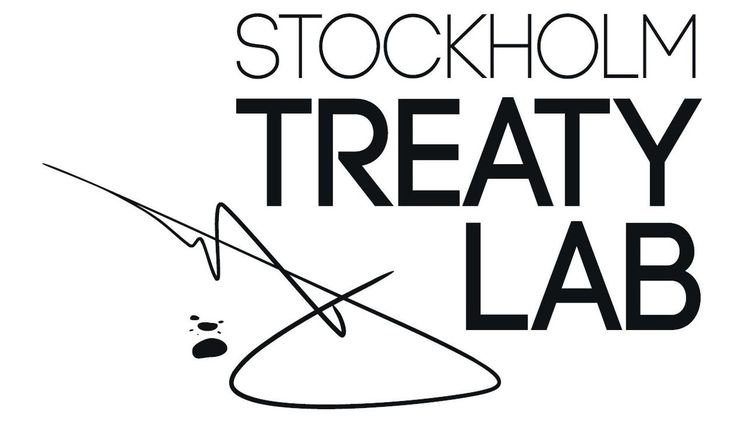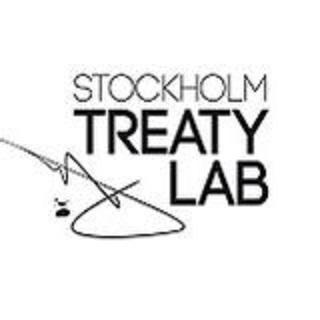Ambitious targets for curbing global warming were laid out in the 2015 Paris Agreement and the Sustainable Development Goals. Targets that, if they are to be met, will require investments amounting to trillions of dollars across the globe. Renewable energy must become even more affordable and available; energy-efficient transportation will be needed to carry an increasingly mobile world population; sustainable agriculture and forest restoration must substitute unsustainable land use and deforestation; and climate-resilient infrastructures must be built where global warming and rising sea levels already put communities at risk.
To some extent, the technologies necessary already exist – solar and wind power, energy-efficient vehicles, and carbon capture and storage – but enormous investments are needed to deploy these on a meaningful scale. In other areas, existing technologies fall short, and investments must be made in innovation and development. Such “green” investments present exciting and lucrative opportunities for investors.
Foreign investments tend to increase where they are protected by a stable and transparent legal framework, including a neutral and reliable enforcement mechanism. In the absence of such a framework, investors are often hesitant to deploy their funds. Yet no international legal instrument exists that specifically incentivizes and protects green investments. It is against this background that the SCC and its partners are launching the Stockholm Treaty Lab Prize – an innovation prize that aims to address the “policy gap” between the objectives of the international climate change agreements, and the outcomes that those agreements envision.
The Stockholm Treaty Lab Prize will be awarded to the contestant team that drafts a forward-looking, innovative and workable model treaty that aims to encourage investment in climate change mitigation and adaptation. A treaty that, if implemented, would create transparent, stable and enforceable investment policy regimes. A treaty that has the potential to encourage investors to fund low-carbon projects, support technological innovation, and otherwise invest in a sustainable future.
Read more at the website here.
Rules and Guidelines
Anyone can compete. We envision that the successful team will be multidisciplinary, and include lawyers, economists, scientists, and climate change experts. Participants must register their intent to participate in the competition no later than 30 October 2017, and submit their entries no later than 28 February 2018 CET (23:59).
Entries must be submitted in English and consist of three parts:
- The text of the Model Treaty.
- Argumentation demonstrating how the Model Treaty meets the Assessment Criteria. Maximum 25 single-spaced pages.
- A brief introduction of the contestant team.
Assessment Criteria
The Stockholm Treaty Lab Prize will be awarded to the contestant team that drafts the most forward-looking, innovative, and workable Model Treaty, with the highest potential to encourage foreign investment in climate change mitigation and adaptation. Submissions will be assessed based on how well they meet the following criteria:
- Compatibility (20 points). The Model Treaty is compatible with the Paris Agreement and the Sustainable Development Goals. It aims to facilitate states’ achievement of the climate-change objectives set out in those instruments. The Model Treaty is also compatible with fundamental principles of property law.
- Efficacy (20 points). If adopted by states, the Model Treaty will lead to a significant increase in green investments related to climate change mitigation and adaptation. To this effect, the Model Treaty proposes incentives and protections that serve foreign investors’ needs and interests. The claimed efficacy of the proposed incentives and protections is supported by research and data.
- Viability (20 points). The Model Treaty is likely to be adopted by states around the world. Adoption is likely because the Model Treaty serves the states’ needs and interests, facilitates the achievement of climate-change goals, and does not unduly restrict the states’ ability to legislate and regulate.
- Universality (20 points). The Model Treaty appeals to the potentially diverging interests of states and investors in different parts of the world. Where necessary, the Model Treaty includes alternative provisions from which contracting states may select the most appropriate based on context and circumstances.
- Enforceability (20 points). The Model Treaty is binding and enforceable. It contains an effective dispute resolution mechanism, through which both investors and states can bring claims related to the Treaty.
The review process will be blind—meaning that the submissions will be anonymized before being sent to the jury. In other words, while the Treaty Lab team will know who you are, the jury will not.
The Prize
The winning model treaty will be offered broad exposure, and an opportunity for the team to engage in this important question on a global level. So far, this will include the following opportunities:

















